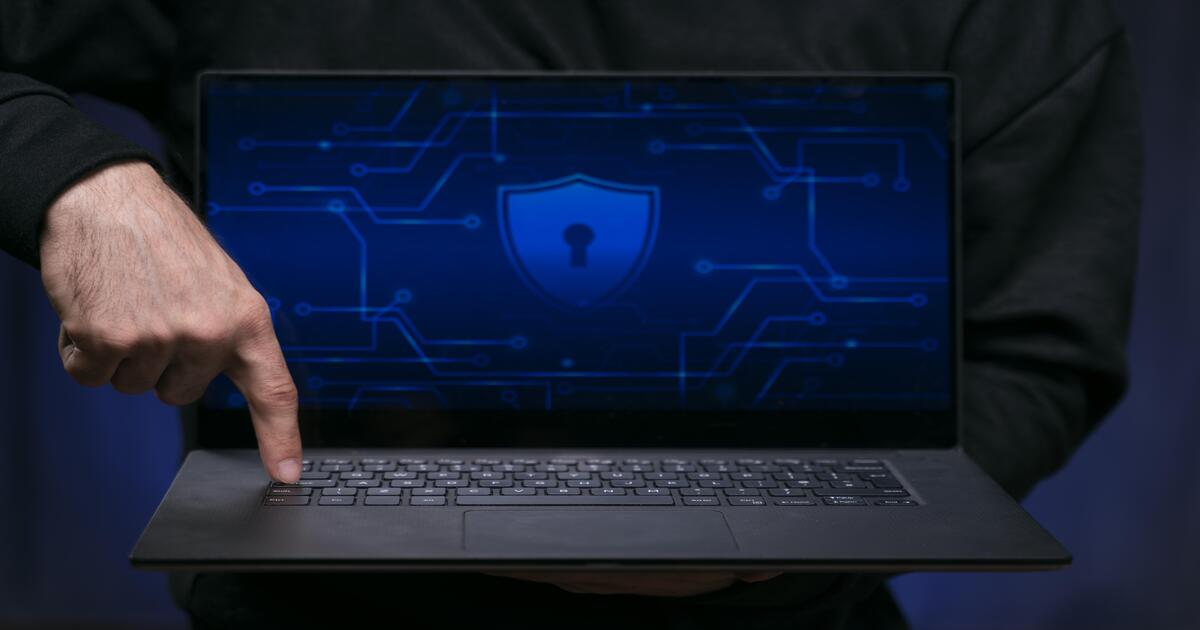Cybersecurity and Privacy
In the constantly evolving digital world we live in, online security has become a crucial concern for all internet users. With the increase in online activities, from banking transactions to social interactions, cybersecurity and privacy protection have become more important than ever. In this article, we will explore some essential practices to keep your online life protected.
Strong Passwords and Regular Updates
Let’s start with one of the basic foundations of online security: strong passwords. Many people underestimate the power of a robust password, but it is the first line of defense against intrusions. Opt for long passwords, combining uppercase and lowercase letters, numbers, and special characters. Avoid using obvious personal information, such as birthdates or family names.
Moreover, it is crucial to regularly update your passwords. Do not use the same password for all online services, and avoid reusing them. If possible, consider using a reliable password manager to keep your credentials organized and secure.
Software Updates: Don’t Ignore Notifications
Keeping your operating system and all programs updated is a vital security practice. Often, updates include security fixes that address recently discovered vulnerabilities. Ignoring update notifications can leave your device susceptible to threats.
Configure your devices for automatic updates, if possible. This way, you don’t need to remember to manually check for updates. Be aware that antivirus software should also be updated regularly to ensure effective protection against digital threats.

Awareness of Phishing and Social Engineering Attacks
Phishing and social engineering attacks are common methods that cybercriminals use to obtain confidential information. Exercise caution when opening emails from unfamiliar senders and refrain from clicking on dubious links. Always verify the authenticity of emails before providing any sensitive information.
Remember that legitimate financial institutions and organizations will never request confidential information via email. If you receive a suspicious message, contact the organization directly to confirm the legitimacy of the request.
Use of Secure Wi-Fi Networks and VPNs
Connecting to public Wi-Fi networks can be convenient but also poses a significant security risk. Unsecured networks can be easy targets for cyber attacks. Whenever possible, use secure Wi-Fi networks protected by passwords. Additionally, consider using a Virtual Private Network (VPN) when connecting to public networks, as it encrypts your connection, making it harder for intruders to access your data.
Privacy Control on Social Media
Social media plays a central role in our online lives but is also a common target for privacy breaches. Regularly review and adjust your privacy settings on platforms like Facebook, Instagram, and Twitter. Limit the amount of personal information visible to the public and be selective when accepting friend requests.
Avoid sharing sensitive information, such as phone numbers and home addresses, on social media platforms. The less personal information is available online, the lower the risk of being targeted for malicious activities.
Regular Backup of Important Data
Data loss can be devastating, whether due to a cyber attack or technical failure. Regularly backing up important data is a fundamental practice to ensure you can recover your information in case of loss.
Use reliable cloud backup services or external storage devices to keep secure copies of your documents, photos, and other important files. Ensure that your backups are updated regularly to reflect the most recent changes in your data.
Staying Informed: Cybersecurity Threats and Trends
In the fast-paced world of cybersecurity, staying informed about the latest threats and trends is crucial. Cyber attackers are continually evolving their tactics, and being aware of current threats can help you adapt your security measures accordingly.
Follow reputable cybersecurity news sources and stay informed about the latest developments. Understand common attack methods, such as ransomware and malware, and be cautious of evolving threats like zero-day vulnerabilities. Regularly updating your knowledge ensures that you can better protect yourself against emerging cyber threats.
Two-Factor Authentication: Adding an Extra Layer of Security
Two-factor authentication (2FA) is an additional layer of security that significantly enhances the protection of your accounts. By requiring a second form of verification, usually through a code sent to your mobile device, 2FA adds an extra barrier even if your password is compromised.
Activate 2FA wherever possible, particularly for essential accounts such as email, banking, and social media. This simple step can thwart many unauthorized access attempts and provide an added level of confidence in the security of your online accounts.

Monitoring Financial Transactions and Account Activity
Regularly monitoring your financial transactions and account activity is a proactive way to detect potential unauthorized access. Set up transaction alerts with your bank and review statements regularly to identify any suspicious or unfamiliar activity.
If you observe anything uncommon, inform your financial institution promptly. Quick action can prevent further unauthorized transactions and protect your financial assets.
Educating Family Members and Colleagues
Cybersecurity is a collective responsibility. Educate your family members, colleagues, and anyone with whom you share digital spaces about the importance of online security. Emphasize the significance of strong passwords, the risks of phishing, and the need for regular software updates.
Encourage open communication about cybersecurity concerns, fostering a culture of awareness and responsibility among your digital connections. The more people practice good online hygiene, the safer the entire digital community becomes.
Safeguarding Your Digital Presence
In conclusion, the digital landscape presents both opportunities and risks. While the internet offers convenience and connectivity, it also exposes us to potential threats that can compromise our privacy and security. By implementing the practices mentioned in this article, you can significantly reduce the risk of falling victim to cyber threats.
Remember that cybersecurity is an ongoing process that requires vigilance and adaptability. Stay informed, keep your defenses up-to-date, and educate others to create a safer online environment for everyone. By taking proactive steps to safeguard your digital presence, you can enjoy the benefits of the online world with greater peace of mind.
Did you like this topic? See more content about: Cybersecurity
SOURCE: personal soft





